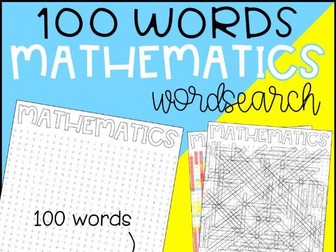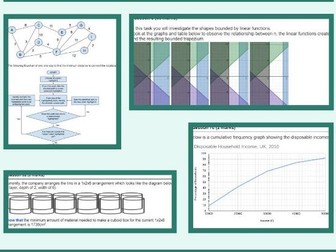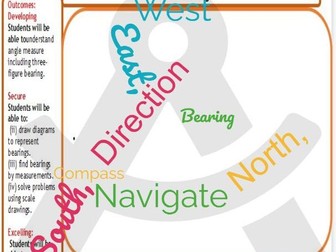Proof - A level AS Mathematics
<p>These PowerPoints form full lessons of work that together cover the new A level Maths course for all exam boards. Together all the PowerPoints include;<br />
• A complete set of notes for students<br />
• Model examples<br />
• Probing questions to test understanding<br />
• Class questions including answers<br />
• Individual whiteboard work<br />
• Links to exercises in ‘The Textbook by CGP’ these can easily be edited for your textbook<br />
The PowerPoints can be used in the lesson and also given to students that have missed a lesson<br />
I have added ‘AS level maths 13 – Circles’ for free download</p>
<p>Proof covers;</p>
<ul>
<li>Understand and use the structure of mathematical proof, proceeding from given assumptions through a series of logical steps to a conclusion</li>
<li>Use methods of proof, including proof by deduction, proof by exhaustion</li>
<li>Disproof by counter example</li>
</ul>





